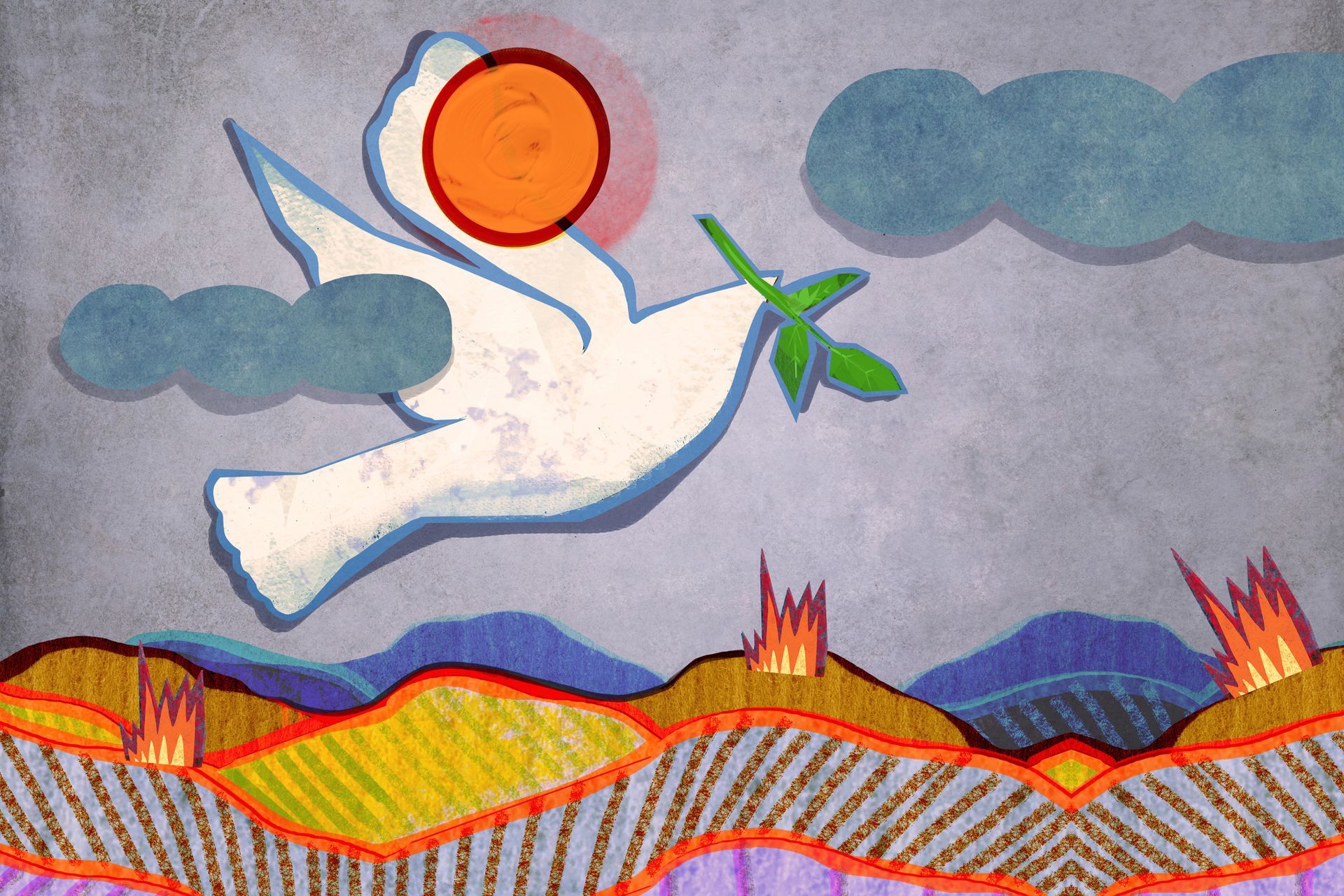TAKEN IN OR TAKEN UP?

The Ascension of Jesus, 40 days after His resurrection, presents a challenge to many people. It is as much a mystery as is the Resurrection for neither is explainable in scientific terms.
Some suggest that the disciples were so affected by the stress of seeing Jesus crucified and dying on the Cross, which dashed all their hopes that He was God’s promised Messiah and they were about to see a new Kingdom established on earth, that they were subject to hallucinations - so ‘taken in’ by the circumstances that they began to see what they wanted to believe. Hence the appearances of Jesus to them.
In a book entitled ‘The Sign’, Thomas de Wesselow, an academic from Cambridge, argues that the Turin Shroud, said to be the cloth that Jesus’ body was wrapped in when it was placed in the tomb, is exactly what it is claimed to be. He suggests that the image on the cloth was so realistic to the disciples (it appears like a photographic negative, but photographs were not invented for another 1800 years so it would be totally strange to them) that looking at the shroud made them think they saw a living Jesus. Were they ‘taken in’ by this unique piece of cloth?
However, that does not explain the empty tomb and I do not think the book has any new theory to explain why there was no body in it on Easter morning. It also leaves me wondering why the appearances of Jesus did not continue beyond the 40 days if the disciples had the shroud. Did they lose it or was it stolen from them about the time of the Ascension?
Some people have difficulty with the description of the Ascension in Luke’s accounts (Luke 24.50-53; Acts 1.1-11). Luke was relying on what was told him by those who were there at the time and who had to put into words what was indescribable. ‘Taken up’ is the phrase he uses. In the modern mind, it gives the impression of a vertical take-off, like a helicopter.
Writing around the year 200AD, the theologian Tertullian used three Latin words to describe the Ascension - ereptum meaning taken up, receptum meaning received and resumptum meaning taken back into heaven. Together they give some idea of what happened at the event we call the Ascension.
‘Taken up’ is a description of the only way the people could portray what happened to Jesus. The word ascension itself implies an upward movement which is consistent with the old-established idea that heaven is above the earth and hell is below it and it provides a useful prompt for the visual images, whatever our imagination invokes, that we perhaps need to use to conceptualise the event. The three words used by Tertullian tell us that Jesus returned to His Father, as He had told His disciples He would (John 16.28). He was translated from this world into the glory of the eternal kingdom, ‘taken back’ and ‘received’ again into the unity of the Divine Presence which He had left for the stable in Bethlehem (John 17.5).
We may not be able to explain how Christ’s Ascension happened nor even to fully describe it, but we are assured that the Lord Jesus is now in heaven, the One who knows the trials and temptations of this life for He has lived it (Heb.4.14-15). He is in the right place to speak up for us, our ‘advocate with the Father’ (1 John 2.1). As someone has said, ‘that’s good news for imperfect people.’










